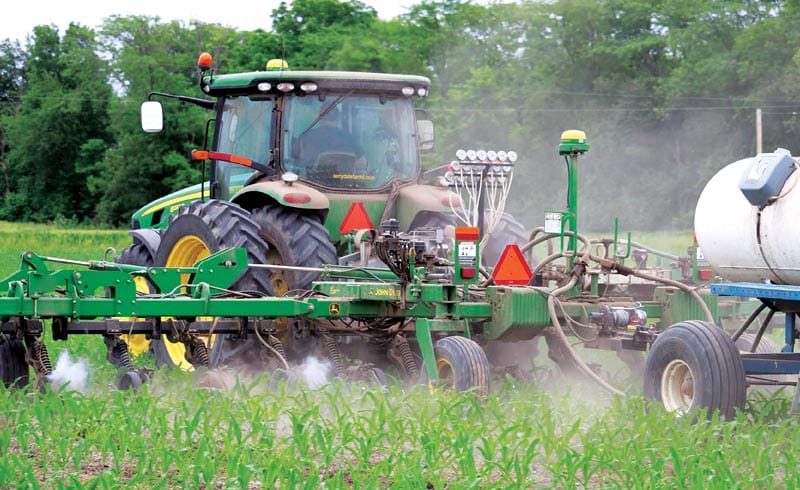No-Till Farmer
Get full access NOW to the most comprehensive, powerful and easy-to-use online resource for no-tillage practices. Just one good idea will pay for your subscription hundreds of times over.

PRECISION PAYBACK. Research on the economic payback of a $15,000 implement guidance system on a 2,000 acre farm harvesting 180-bushel corn, shows the technology paid for itself in 1½ years.
They say that everything that is old becomes new again, and implement guidance is no exception. A technology that has been available to farmers since the 1970s is emerging into the mainstream as growers strive to be more efficient and economic with machine-to-
machine guidance.
Guiding implements to targeted pathways gives the most accurate implement control. Implement guidance falls into two categories:
Passive guidance. These systems combine GPS data from mounted receivers on both the tractor and implement to auto-steer the tractor such that the implement always remains on the intended guidance path. This is the more economic entry point but the downside is that the tractor may move on and off track to keep the implement on the targeted path.
It is best suited to gradual and systematic drift so it is combined with a stable seeder bar to minimize transient and sudden random drift.
Active guidance. These systems guide the implement independently of the tractor. Active implement guidance is more expensive, but the extra accuracy may be warranted to improve cropping returns. This technology is based on dedicated auto-steering systems for the implement, of which there are two main types:
A) Hitch correction adjusts the tractor drawbar or the implement hitch tongue hydraulically side-to-side to guide the implement. A system controller reacts to GPS receiver position data from the implement itself or to data from a stubble row or furrow/ridge tracking sensor fitted to the implement. This approach adjusts implement position up to a maximum offset but without…